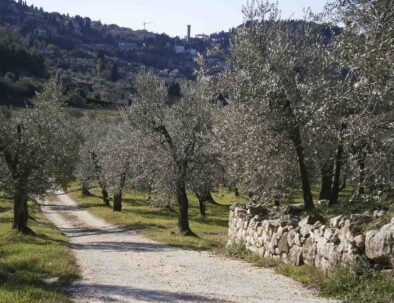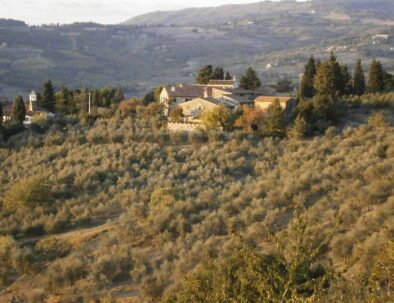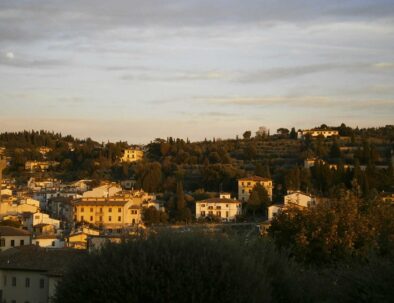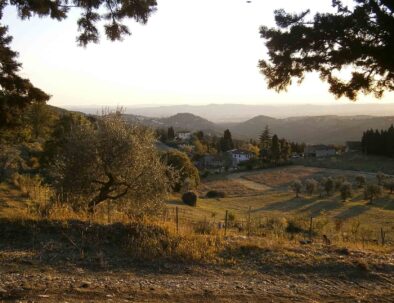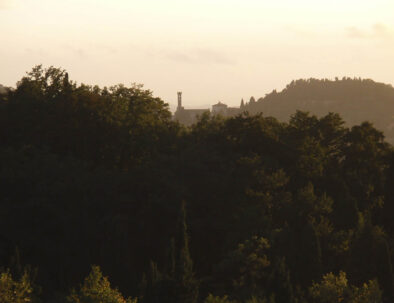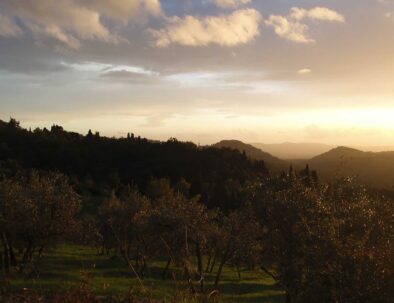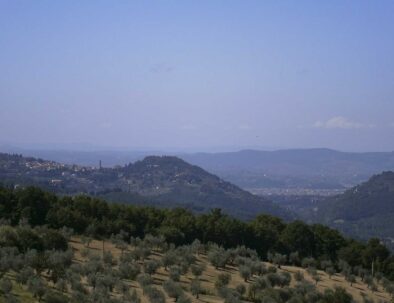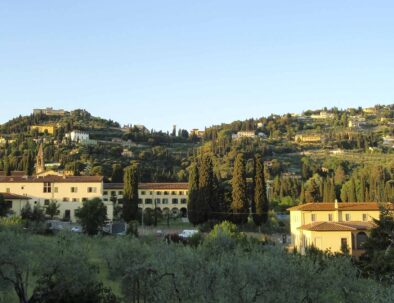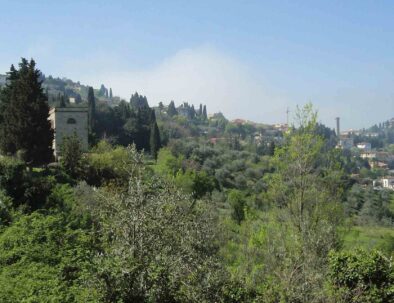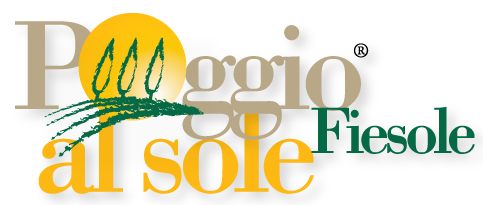Fiesole
Itinerary 3
"From Poggio al Sole to Fiesole: the most heart-touching countryside in the world" Poggio al Sole - Fiesole (one way, return by public bus)
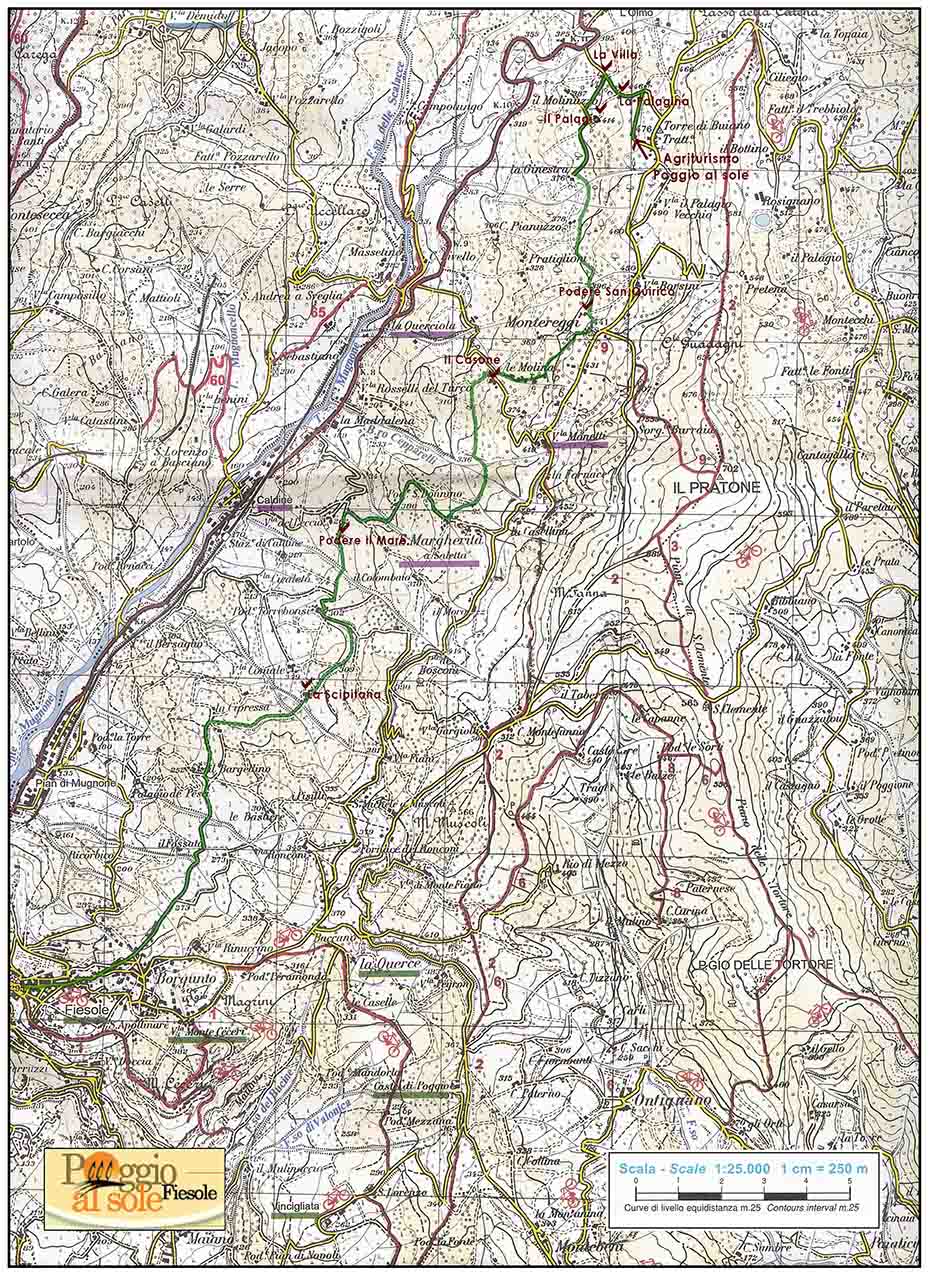
The innate bond between men, something beyond time and space, is responsible for the emotions arousing from the view of Tuscany landscape, which moves visitors to tears. This happens when reality and beauty deriving from human effort and hard work finally collide.
Distance: 10 km – 6,21 miles (one way loop). Return by public transport, Ataf bus, Route 45, or Autolinee Toscane (please check out the bus schedule at Agriturismo Poggio al Sole before departure)
Elevation grade: 200 m
Difficulty: easy to average (be careful when fording streams during rainy periods).
Estimated time: 4 hours
Suggested time of the year: all year round (during rainy periods there might be a few muddy spots along the way)
Interest: landscape, history
Webpages to know more: http://www.bml.firenze.sbn.it/it/caldine.htm
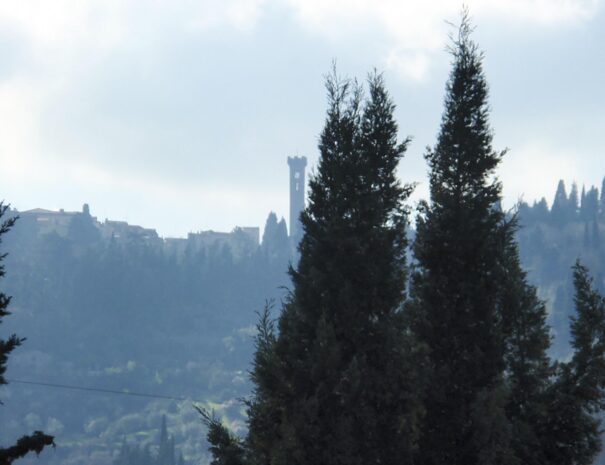
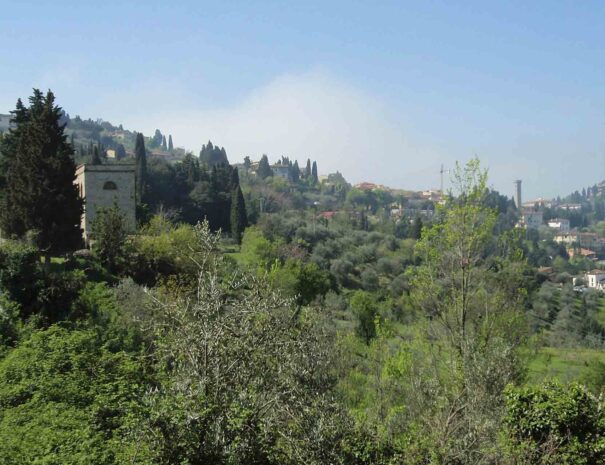
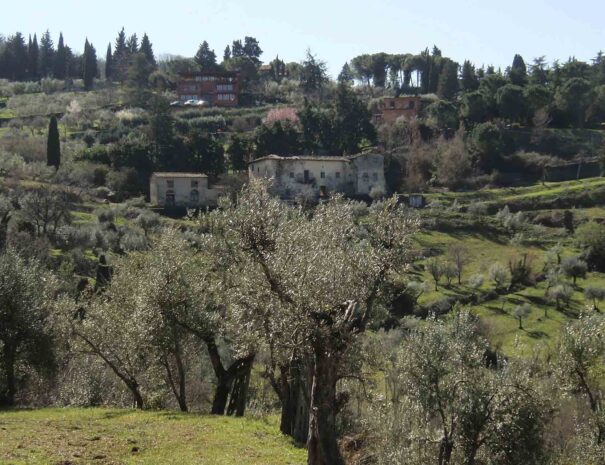
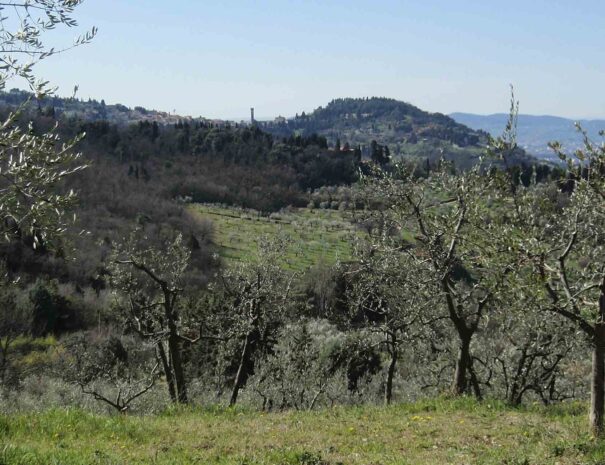
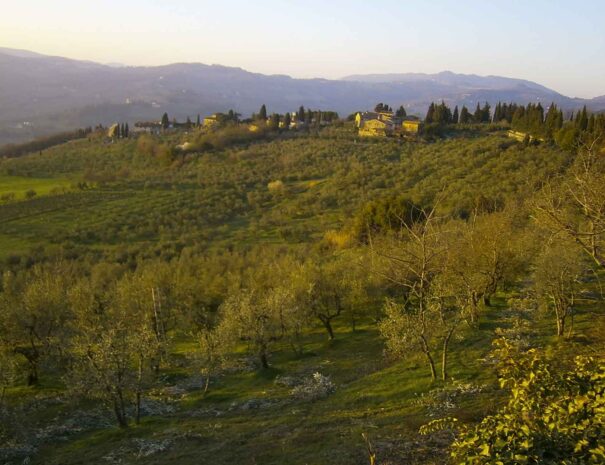
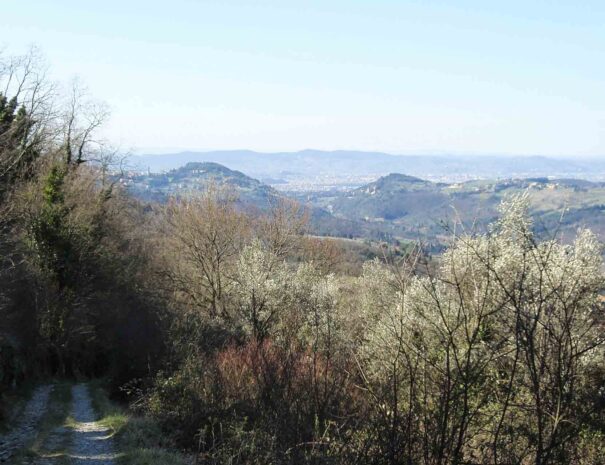
Once you reach the main square in Fiesole, Piazza Mino, you can go back to Agriturismo Poggio al Sole in about 10 minutes by means of public transport (Ataf bus n. 45 or Sita going to Monteloro), which provide several connections throughout the day:
http://www.ataf.net/it/ataf.aspx?idC=2&LN=it-IT
http://www.autolineetoscane.it/orari.htm
Itinerary and pictures by Giovanni Crescioli: www.FiesoleBike.it

